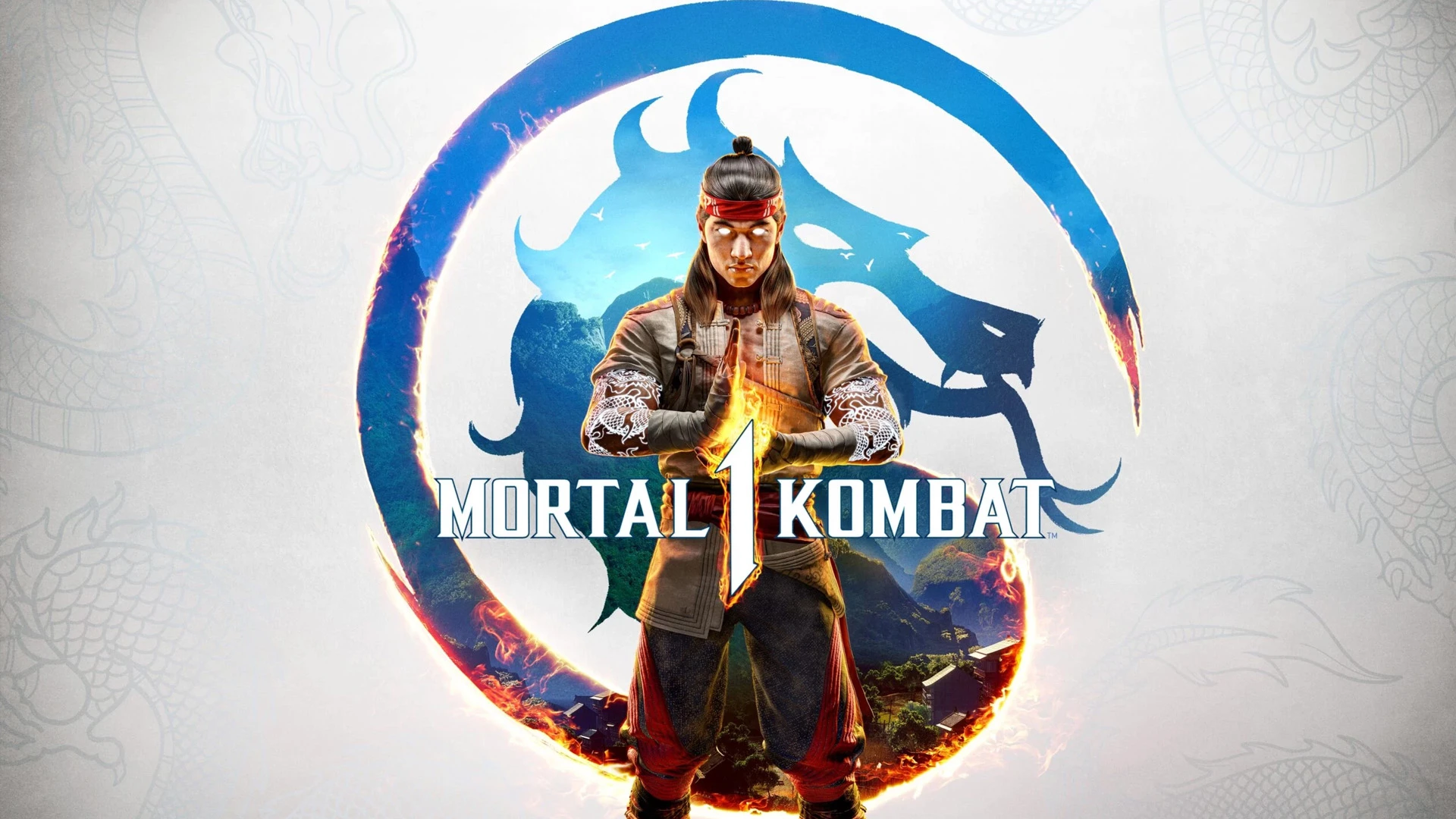Starbreeze has officially plunged into chaos with the appointment of EA veteran Jonas Skantz as the general manager of Payday. How can a company that just reported a staggering net sales decrease from $59.1 million to $17.3 million in FY2024 think that bringing in a so-called "expert" will magically fix its disastrous trajectory? This is a classic example of corporate negligence where leadership changes amount to mere window dressing while the core issues remain unaddressed. What’s next? A new logo? Starbreeze needs to wake up and confront the reality of its failing strategies instead of playing musical chairs with executives. Enough is enough!
#Starbreeze #JonasSkantz #Payday #GamingIndustry #LeadershipFailures
#Starbreeze #JonasSkantz #Payday #GamingIndustry #LeadershipFailures
Starbreeze has officially plunged into chaos with the appointment of EA veteran Jonas Skantz as the general manager of Payday. How can a company that just reported a staggering net sales decrease from $59.1 million to $17.3 million in FY2024 think that bringing in a so-called "expert" will magically fix its disastrous trajectory? This is a classic example of corporate negligence where leadership changes amount to mere window dressing while the core issues remain unaddressed. What’s next? A new logo? Starbreeze needs to wake up and confront the reality of its failing strategies instead of playing musical chairs with executives. Enough is enough!
#Starbreeze #JonasSkantz #Payday #GamingIndustry #LeadershipFailures
1 Yorumlar
·0 hisse senetleri
·0 önizleme












